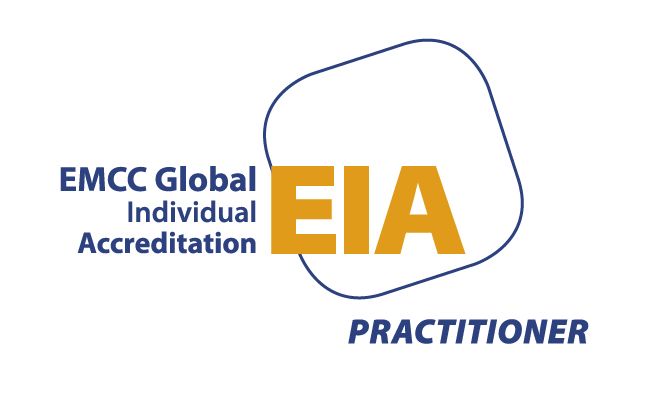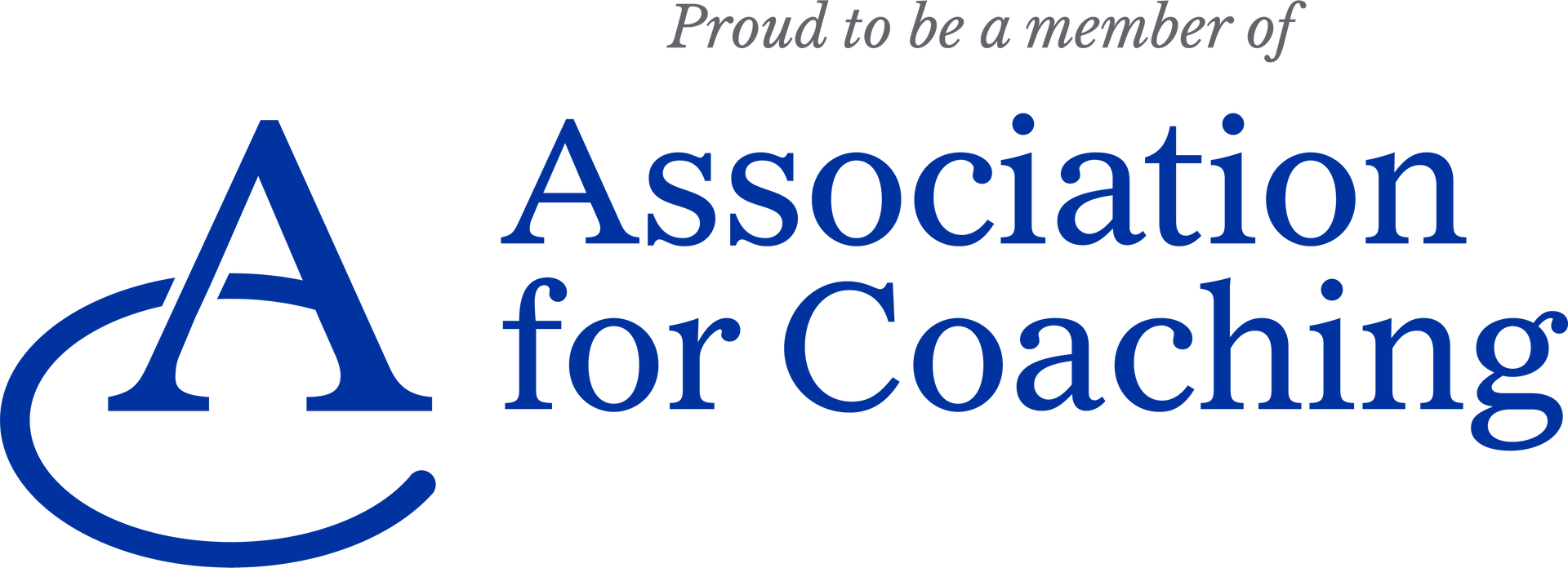Not enough time in the day...
Will the phrase ‘There are just not enough hours in the day’ every go away for busy and ambitious business owners and leaders?
Too many tasks, decisions, people to manage and unexpected issues that arise throughout the day: a leader’s work is never done.
If you feel like this is you - you are not alone many of my executive coaching clients mention battling with time. And it feels like a battle. One that is tiring, draining, not energizing and stopping a sense of real progress. Clients feel that they are not in control, they can’t change what is happening, and that they would if they could.
Guess what? Jim Rohn is right
Either you run the day, or the day runs you
Is it easy? No, particularly for some with particular personality types that thrive (to a point) on overload and ambition.
There are lists galore on how to manage your time better.
My advice is just do one thing that is in your control, and do it. Don’t try to do it all as you will simply fail long term.
Do one thing. Do it intentionally. Hold yourself accountable to that action. Celebrate when you achieve it. Do it again and again. Over time it becomes a habit.
Potential things that could work for you:
1. Do something for yourself at lunchtime that isn’t on your task to do list. It may seem counter intuitive if you are busy busy busy but the benefits are renewed focus for the job in hand on your return
2. Work in short blocks and have breaks in between
3. Set goals that are achievable and measurable
4. Keep a picture of your younger self by your computer and look at it to remind yourself that you are human and deserve to be kind to yourself
5. Use technology to help you prioritise tasks based on importance and urgency.
So what are some of tasks that leaders could do less of?
1. Meetings with no purpose
2. Micromanaging
3. A do-it-yourself attitude
4. Working late hours
5. Nice long lie-ins (just checking you are still reading! This one is a joke)
Go and conquer time and run your day, not letting your day run you.
The bad news is time flies. The good news is you’re the pilot. Anonymous
We provide 121 Executive coaching for busy leaders, team communication programmes and applied business wide leadership programmes for people who want to see business acceleration




